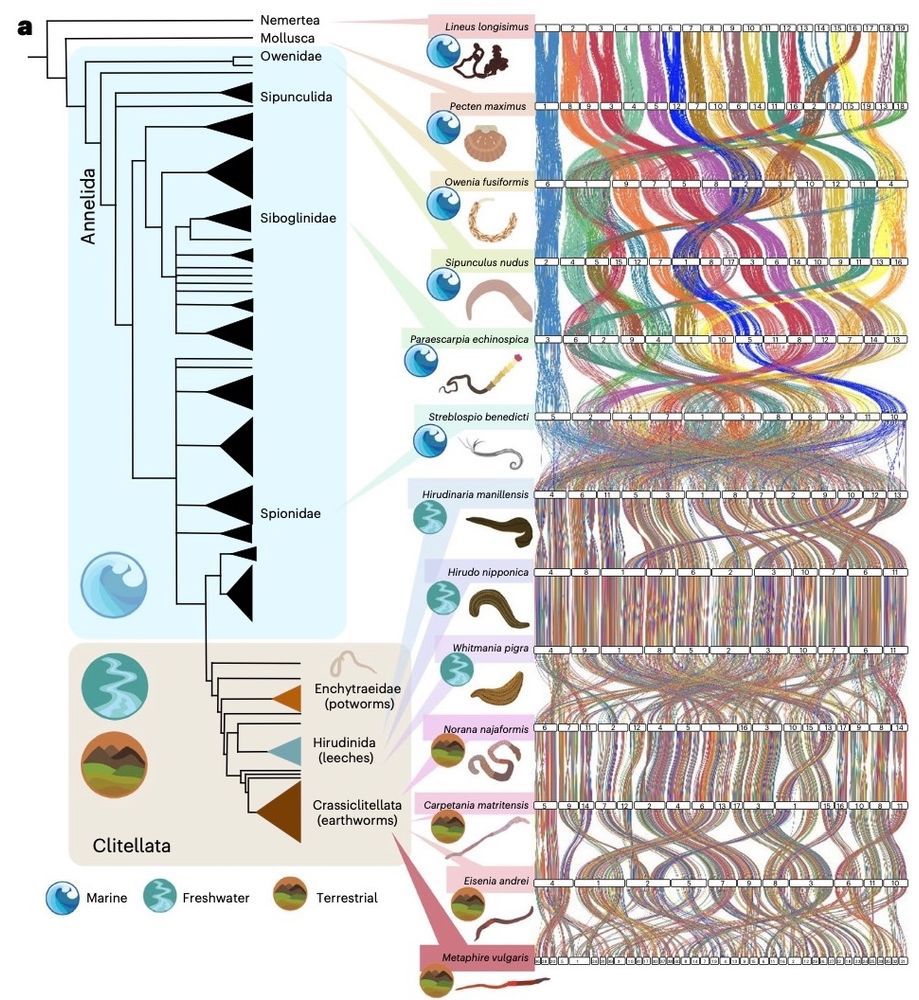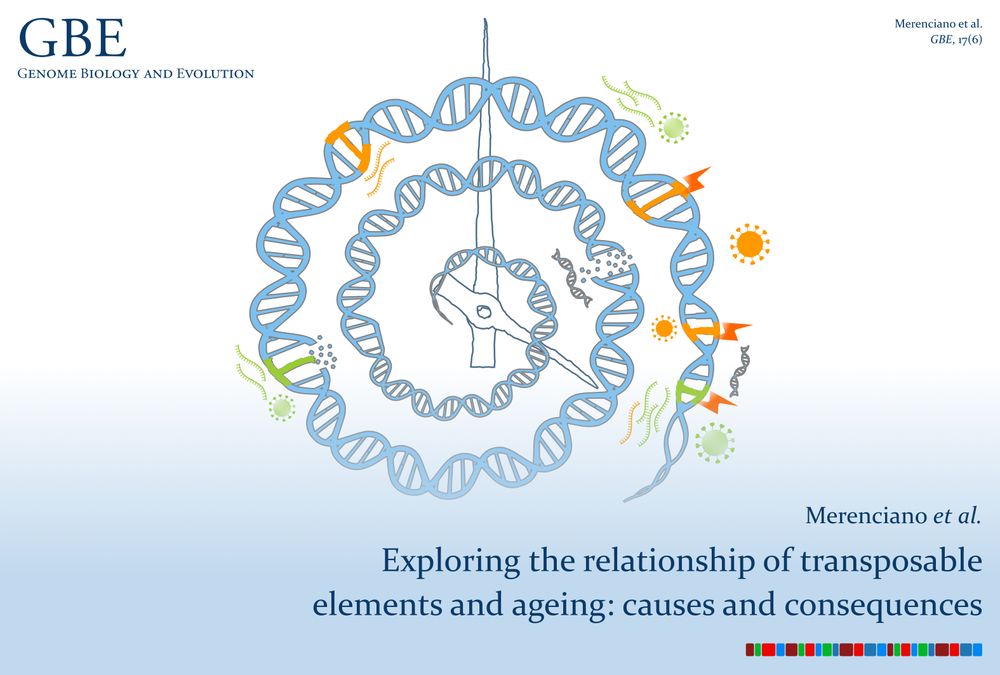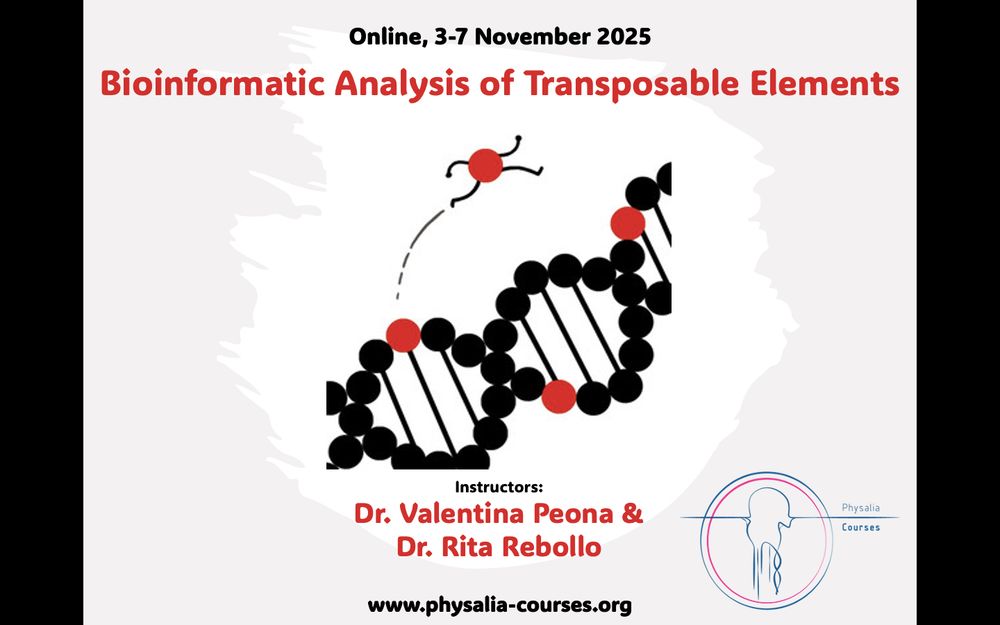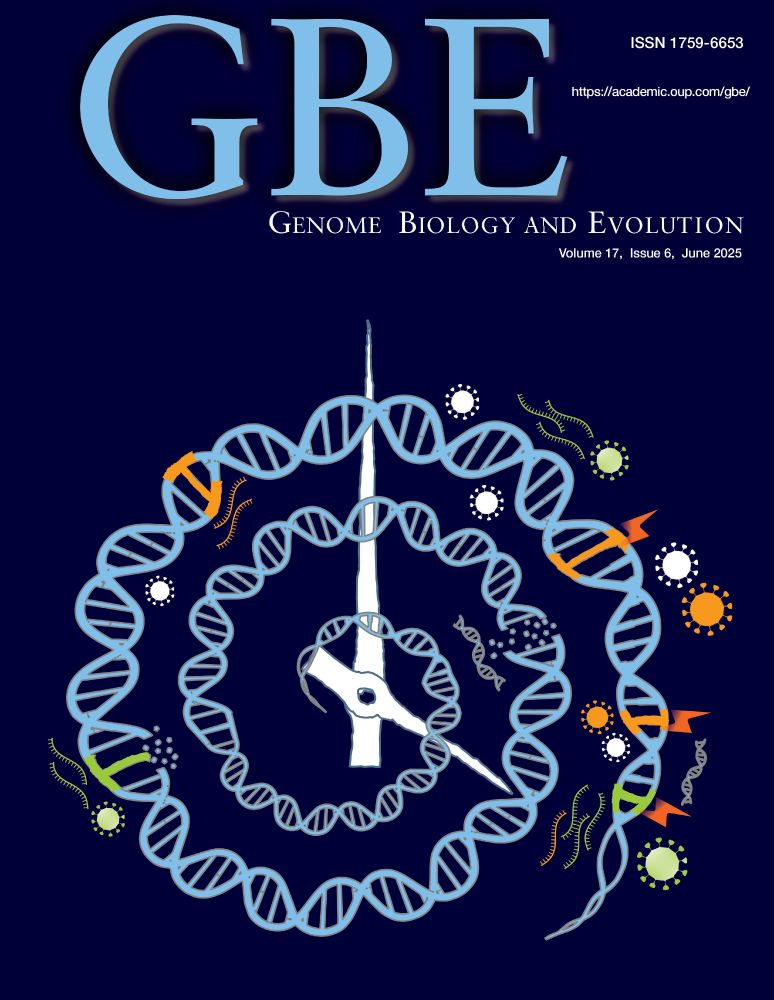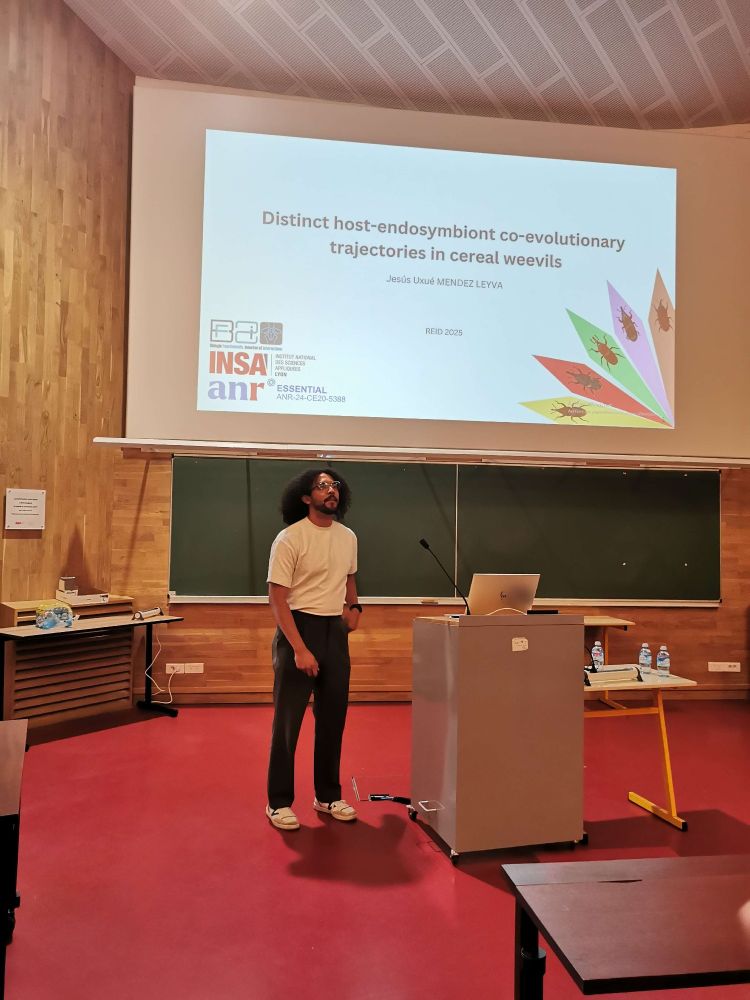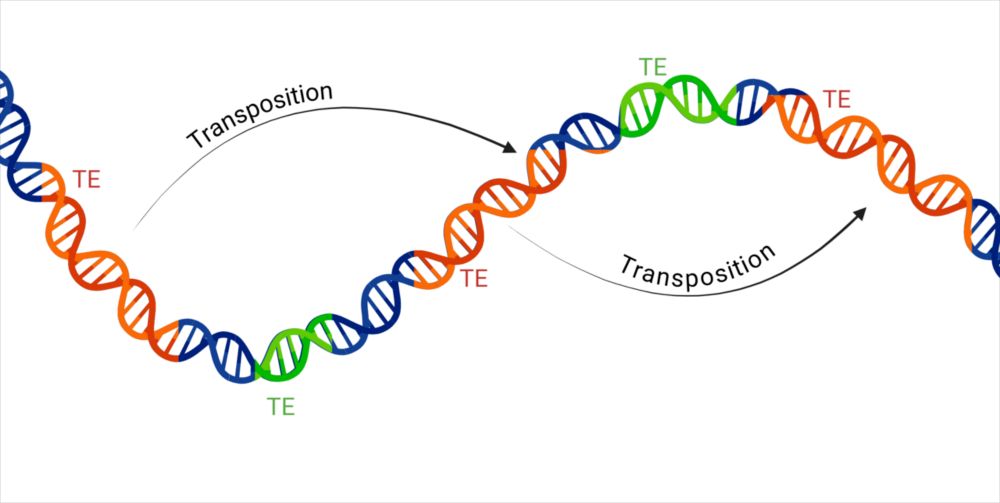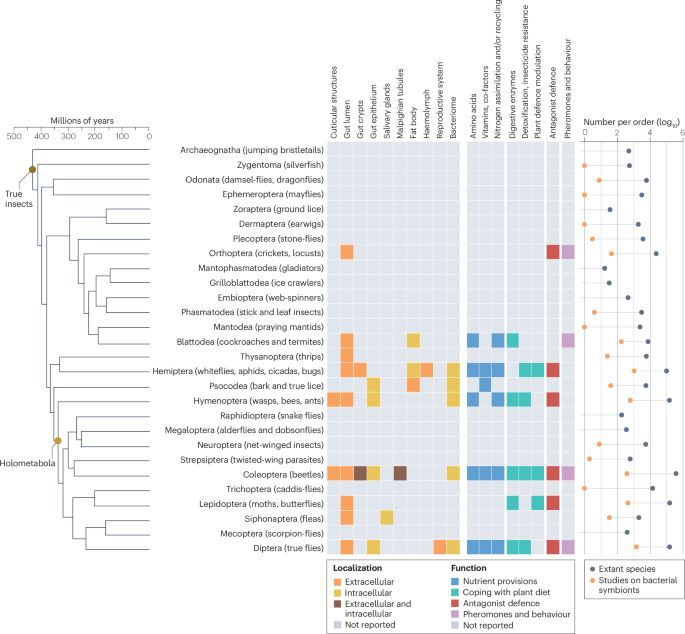Posts
Media
Videos
Starter Packs
Pinned
Reposted by Rita Rebollo
Reposted by Rita Rebollo
Reposted by Rita Rebollo
Reposted by Rita Rebollo
Reposted by Rita Rebollo
Reposted by Rita Rebollo
Reposted by Rita Rebollo
Reposted by Rita Rebollo
Reposted by Rita Rebollo
Reposted by Rita Rebollo
Reposted by Rita Rebollo
Justin Blumenstiel
@bdelloid.bsky.social
· Apr 26
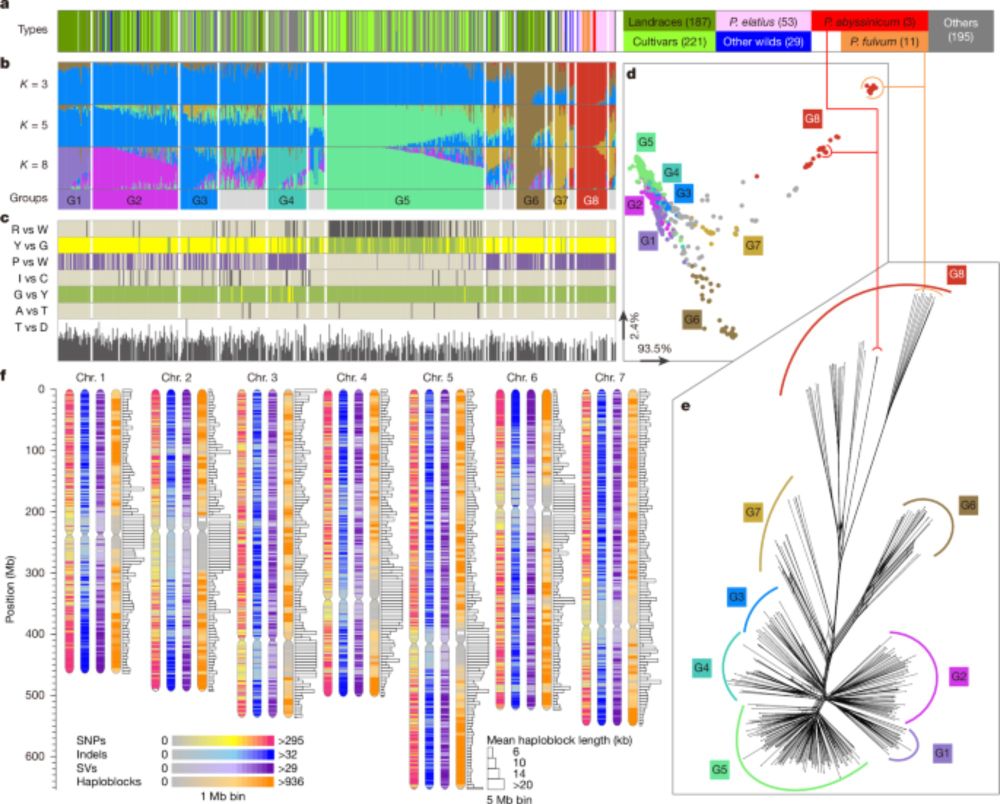
Genomic and genetic insights into Mendel’s pea genes - Nature
Characterization of the genetic architecture underlying the 7 pairs of contrasting traits studied by Mendel and the over 70 additional agronomic traits in pea (Pisum sativum) reveals their m...
www.nature.com
Reposted by Rita Rebollo
Reposted by Rita Rebollo
Reposted by Rita Rebollo
Toby Baril
@tobybarilbio.bsky.social
· Apr 9

Historic transposon mobilisation waves create distinct pools of adaptive variants in a major crop pathogen
Transposable elements (TEs) can drive the evolution of host-pathogen interactions and gains in antimicrobial resistance. However, how adaptive TEs arise in populations and historical contingencies aff...
www.biorxiv.org
Reposted by Rita Rebollo
Johan Jakobsson
@jakobssonlab.bsky.social
· Mar 29

Loss of H3K9me3 maintenance in human neural progenitor cells leads to transcriptional activation of L1 retrotransposons
Heterochromatin is characterised by an inaccessibility to the transcriptional machinery and associated with the histone mark H3K9me3. Heterochromatin erosion is a hallmark of human ageing and H3K9me3 ...
www.biorxiv.org
Reposted by Rita Rebollo
Tobias Engl
@tcsengl.bsky.social
· Mar 27









